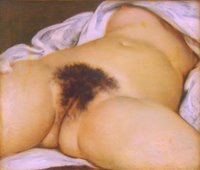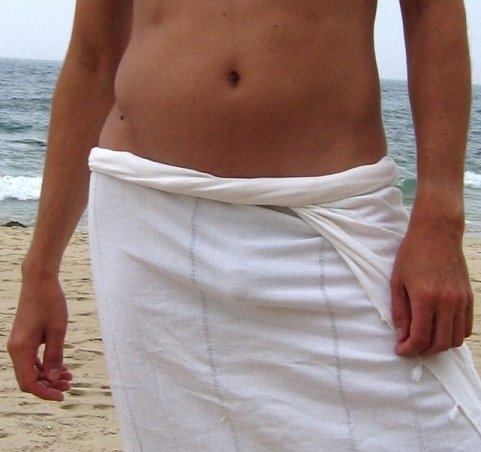Göz Lokum

I honestly don’t recall how I came across the works of Pierre Paul Prud’hon (1758–1823). It was recent and I should remember, but I don’t. In any event, something about him triggered my interest and I eventually stumbled upon his nude figure studies, which immediately seduced me.
Prud’hon was a French painter whose works contain elements of both Neo-classicism and Romanticism. He is best known for his allegorical paintings and portraits, which included a portrait (c. 1805, oil on canvas, Musée du Louvre, Paris) of Joséphine de Beauharnais (1763–1814), who was the first wife of Napoléon Bonaparte. Prud’hon painted scenes from Greek mythology as well as religious themes. His Crucifixion (1822, oil on canvas, Musée du Louvre, Paris) originally for the Cathedral of St. Etienne in Metz, is recognized for its striking use of chiaroscuro. I myself find it strangely erotic.
 Prud’hon’s work was notable for its realism, which was a characteristic of the Romantics, who were inspired by the natural world and strove to show it in realistic detail. Romanticism and Neo-classicism were long understood by art historians as opposites, though more recently scholars have begun to see connections between the two schools. Prud’hon’s figure studies contain elements of both. The drawings themselves are decidedly classical in their subject matter—the poses, the muscularity, and nudity of the figures hearkening back to classical works of art. However, the inclusion of pubic hair is a nod to the realism of the Romantics and signals Prud’hon’s connection to modernism.
Prud’hon’s work was notable for its realism, which was a characteristic of the Romantics, who were inspired by the natural world and strove to show it in realistic detail. Romanticism and Neo-classicism were long understood by art historians as opposites, though more recently scholars have begun to see connections between the two schools. Prud’hon’s figure studies contain elements of both. The drawings themselves are decidedly classical in their subject matter—the poses, the muscularity, and nudity of the figures hearkening back to classical works of art. However, the inclusion of pubic hair is a nod to the realism of the Romantics and signals Prud’hon’s connection to modernism.  These sketches were done using a combination of charcoal and chalk on blue paper. However, it is their combination of Neo-classicism and Romanticism that makes these works so alluring. The handsome faces with their classical features and the athletic bodies capture the classical ideal of male beauty. The pubic hair draws the viewer’s eye to the figures’ genitalia, so that each appears less sculptural than previous male nudes and more alive—more fleshly. This element of realism, though subtle, renders the figure naked as well as nude.
These sketches were done using a combination of charcoal and chalk on blue paper. However, it is their combination of Neo-classicism and Romanticism that makes these works so alluring. The handsome faces with their classical features and the athletic bodies capture the classical ideal of male beauty. The pubic hair draws the viewer’s eye to the figures’ genitalia, so that each appears less sculptural than previous male nudes and more alive—more fleshly. This element of realism, though subtle, renders the figure naked as well as nude. Prud’hon was a friend of Gustave Courbet (1819-1877), whose L’Origine du Monde (1866, oil on canvas, Musée d’Orsay, Paris) might be considered göz lokum for lesbians and straight men, but not for me. L’Origine du Monde could very well be the most striking example of pubic hair in art prior to the 20th century.













6 Comments:
While I'm not apposed to nudity, nor am I generally shocked by it...well that last picture was quite unexpected :)
Thank you by the way for continuously posting about art and artists. Sort of feel as if I'm getting an education sometimes when I drop by and that's a VERY good thing.
love nude drawings heck i love being nude and i even had people draw me nude but the last pic yuck!!
Dean, what a lovely discovery. I wonder who his models were. They're clearly beautiful young men who've been well nourished and involved in some sort of work that had developed them but not coarsened their musculature.
Obviously I have a certain bias, but I'm always astounded when people look at the male body in all its beauty and power and can only see something shameful that they feel must be covered up.
All of those are great! I would recommend a slight trimming for the last one, though.
michael-
thanks for your kind words. keep stopping by!
ryan-
nude is good :)
will-
amen. tis the season for uncovering, no?
gayprof-
lol! yes, she does need a trim, doesn't she?
Dean, tis the season for uncovering, yes! I had an appointment in Boston yesterday and decided to walk across Mass. Ave. Bridge from MIT. Men were running back and forth in tank tops or no tops. Delightful!
Post a Comment
<< Home